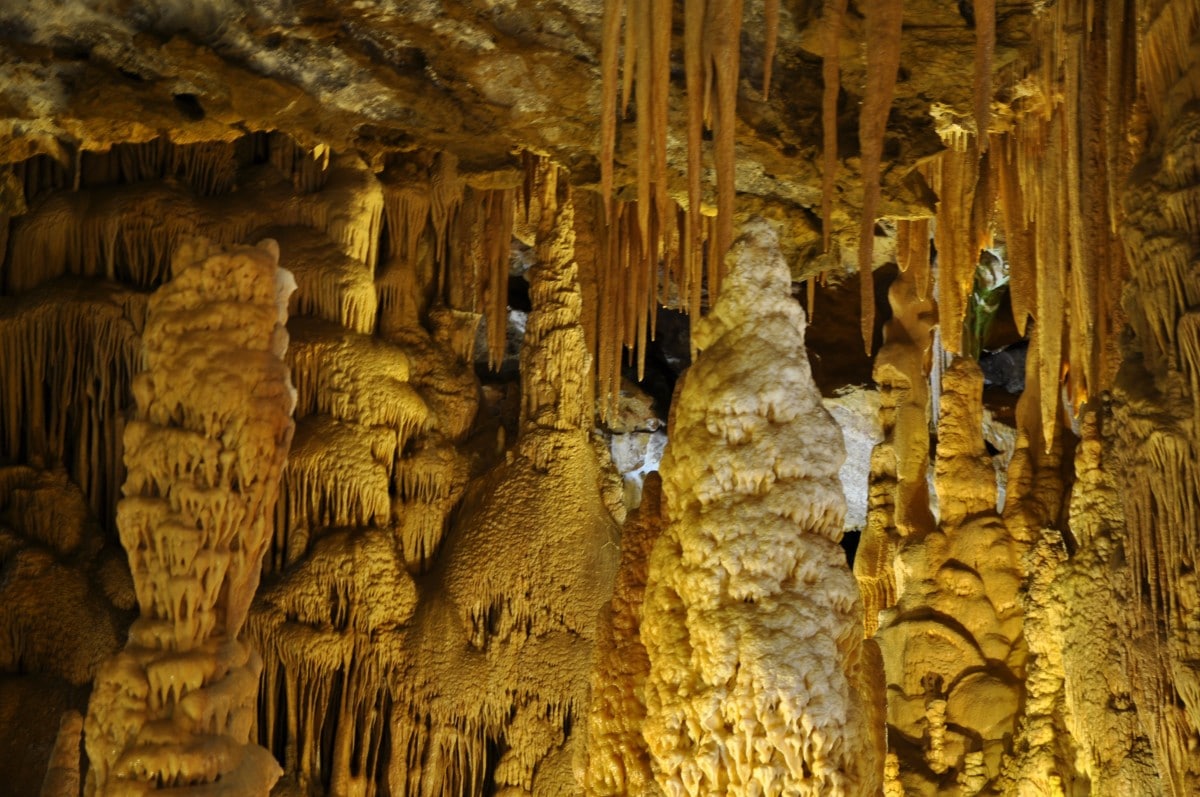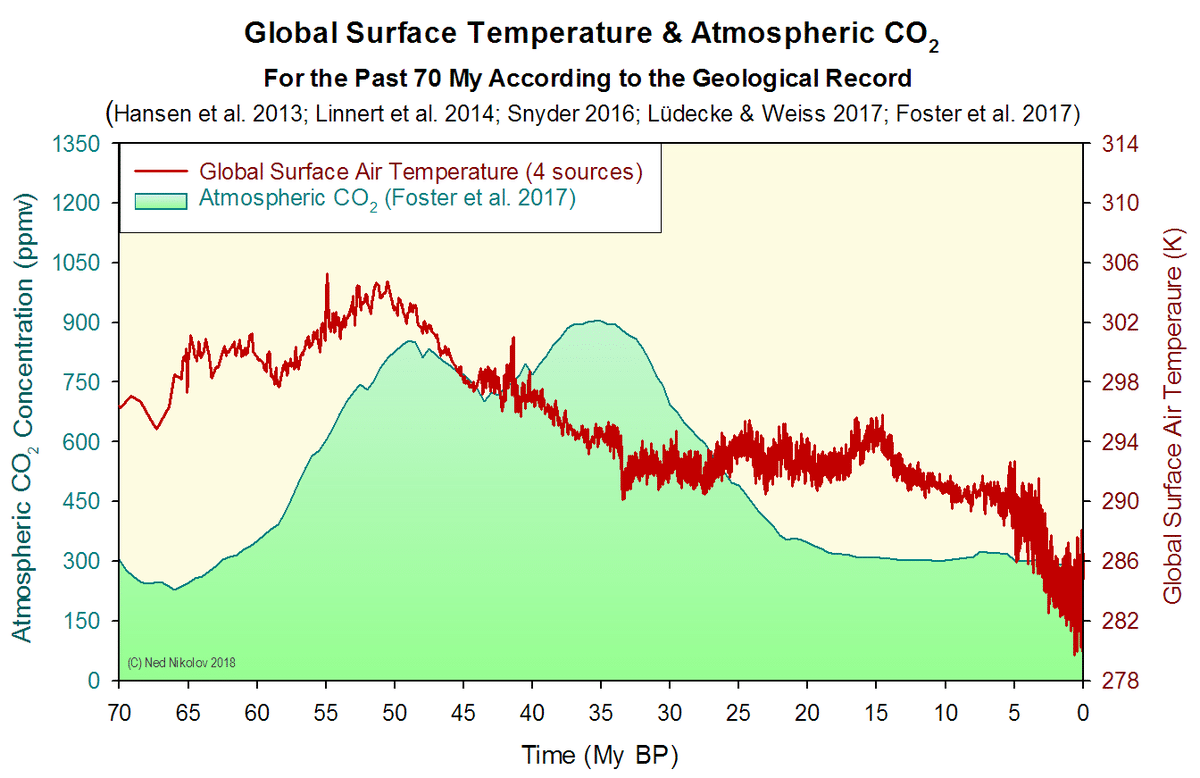
One of the branches of geology is paleoclimatology. It is about the study of the earth's crust, landscapes, fossil records, distribution of the different isotopes in the oceans and other parts of the physical environment that are related to be able to determine the history of climate variations on the planet. Most of these studies include historical investigations with the aim of being able to learn all the effects that human activities have on the climate.
In this article we are going to tell you all the characteristics, operation and importance of paleoclimatology.
Key features

When we talk about the study of the earth's crust, we are referring to changes in its composition and structure. The fact that the continents move each year makes the climatology of an area different from second place. Most studies in paleoclimatology refer to the presence of human beings and economic activities and how they influence the planet's climate. The most recent examples of studies in paleoclimatology concern climate change.
As we know, there have been different climatic changes since our planet was formed until today. Each climate change has been caused by various changes in the composition of the atmosphere. However, all these climatic changes have occurred at a natural rate that has allowed the different species of flora and fauna distributed throughout the world to create adaptation mechanisms to be able to survive in the face of new scenarios. The current climate change that occurs in this century is occurring at an accelerated rate that does not allow living beings to adapt to it. Further, we must add the environmental impacts generated by human activities.
The destruction of ecosystems and natural habitats of species is one of the most important causes for the disappearance of biodiversity. The fundamental mechanisms that cause changes and variations in climate can be from the continental drift to the rotational and orbital cycles of the Earth. It could be said that paleoclimatology studies the climate of the past from natural geological indicators. Once you get data on the climate of the past, you try to reveal how temperatures and other atmospheric variables have evolved over the earth's historical periods.
Objective of paleoclimatology

All the investigations that have been developed on the study of the climate of the past, can affirm that the climate of the planet has never been stable. And it is that in all time scales it has been changing and continues to do so today and will do so in the future. The climate changes not only by human action but also naturally. All these changes make it necessary to know the importance of what the natural trends of climate change are. In this way, scientists can objectively evaluate the real impact that man's actions have on present-day environmental conditions.
Thanks to the study of the environmental impacts of human activities on the climate, various predictive models can be developed for the climate of the future. In fact, the law that includes all actions with respect to current climate change have been prepared on a scientific basis from the study of climate and its change.
During the last decades, different theories have emerged that try to explain the origins of the different climatic changes that planet Earth has suffered. Most climate changes have occurred slowly, while others have been abrupt. It is this theory that makes many scientists doubt that current climate change is not being driven by human activities. A hypothesis based on astronomical knowledge associates fluctuations in the climate with variations in the Earth's orbit.
There are other theories that link changes in the weather to changes in the sun's activity. There is also some more recent evidence linking meteorite impacts, volcanic activity, and variations in the composition of the atmosphere with global changes in the past.
Reconstruction of paleoclimatology

In order to have a global idea of the climate throughout history, a paleoclimate reconstruction is needed. This reconstruction poses some considerable challenges. That is to say, no instrumental climatic records exist beyond the last 150 years since there were no measuring instruments for temperature and other atmospheric variables. This makes quantitative reconstructions extremely difficult to do. Often, various mistakes are made to measure past temperatures. For this reason, it is necessary to know all the environmental conditions of the past to establish somewhat more exact models.
The difficulty of paleoclimatic reconstruction lies in the fact that it is not known with certainty what the temperature conditions were in the marine sediments, the sea surface, how deep it was, the activity of the algae, etc. One of the ways to establish the sea temperature of the past is by means of the U indexK/37. This index consists of the analysis of the marine sediments of some organic compounds that are produced by unicellular photosynthetic algae. These algae are located in the photic zone of the sea. This area is the one where sunlight falls in such a way that it allows photosynthesis for the algae. The difficulty of using this index is that it is not well known how deep the oceans were at that time, what season of the year it could be measured, the different latitudes, etc.
Often there have been environmental changes that give rise to environments that are not analogous to the current ones. All these changes have been known thanks to geological records. The use of these models has allowed paleoclimatology to make great advances in our understanding of the global climate system. There is no doubt that we are submerged in a climate change since the records of the past show us that both the temperature of the sea and the vegetation, composition of the atmosphere or ocean currents have been changing periodically in cycles of tens of thousands of years.
I hope that with this information you can learn more about paleoclimatology and its importance.